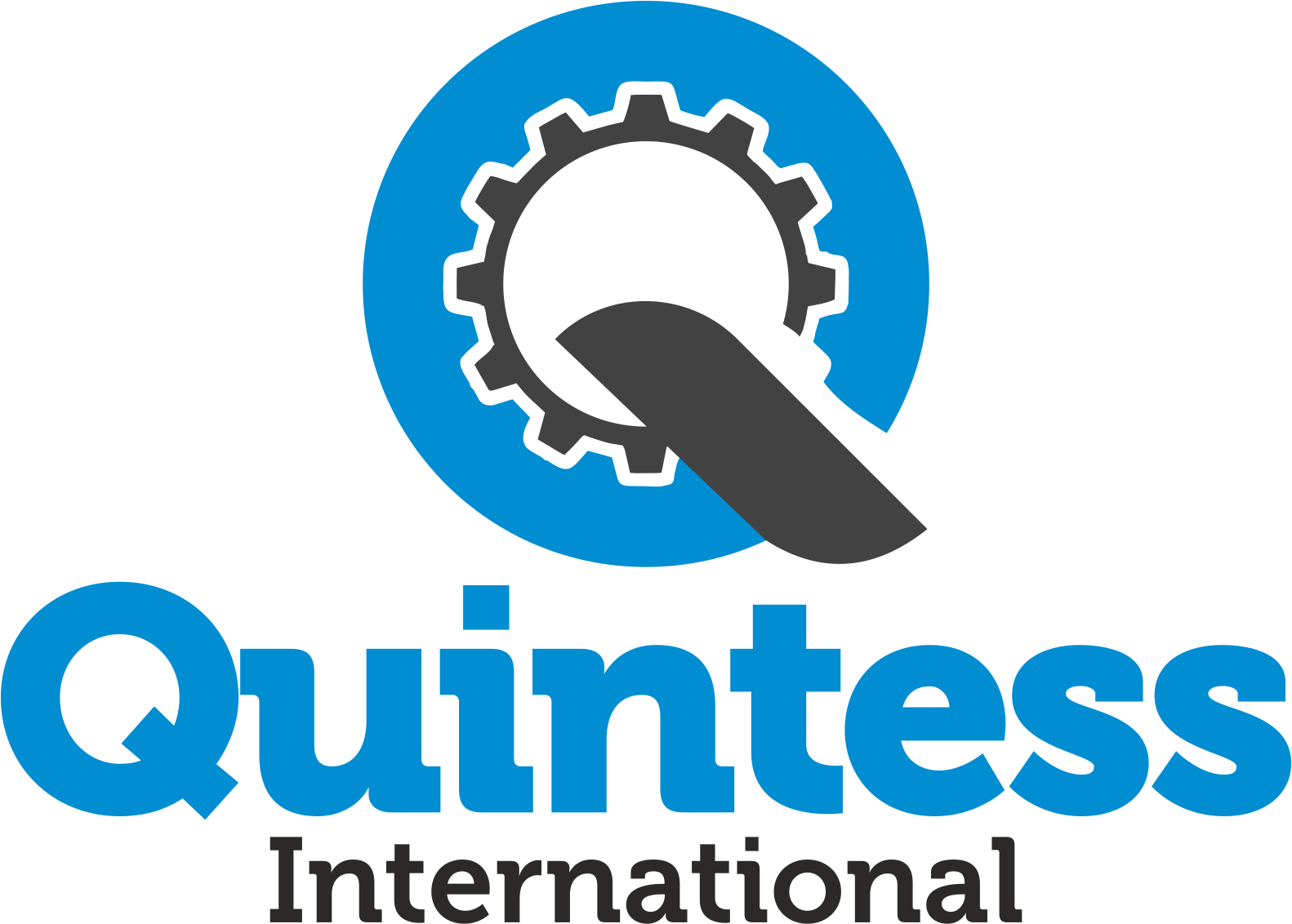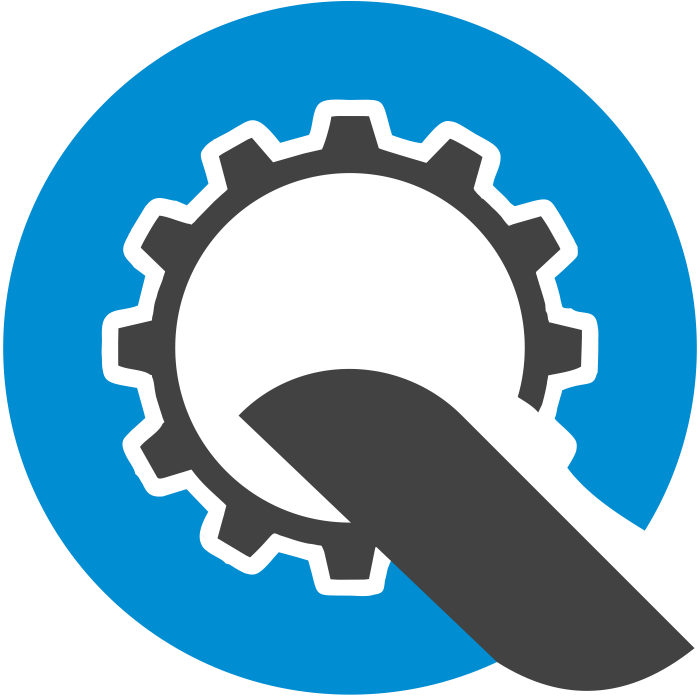When it comes to exporting cylinder liners, businesses face numerous challenges that require careful planning and management. As critical components in the automotive, industrial, and marine sectors, cylinder liners must meet high-quality standards and stringent regulations to ensure performance and durability. However, from quality control to shipping logistics, there are several hurdles exporters must overcome to maintain a competitive edge in the global marketplace.
In this blog post, we’ll explore the common challenges faced by cylinder liner exporters, including quality assurance, regulatory compliance, and logistics management. Let’s dive in!
1. Ensuring Consistent Quality Control
One of the foremost challenges when exporting cylinder liners is ensuring that they meet the required quality standards. Cylinder liners are vital engine components that affect the overall performance, fuel efficiency, and longevity of engines. Inconsistent quality can result in engine failures, costly repairs, and damaged reputations.
Exporters must adhere to strict quality control protocols to guarantee that each cylinder liner is manufactured to precise specifications. This includes:
-
Material Quality: Cylinder liners are often made from cast iron or other durable materials. Ensuring the right composition and strength is essential for durability and performance.
-
Dimensional Accuracy: The cylinder liner must be perfectly sized to fit specific engine designs. Even slight variations can affect engine performance.
-
Surface Finish: A smooth and defect-free surface is crucial for preventing wear and tear inside the engine.
To overcome these challenges, cylinder liner exporters often implement comprehensive quality assurance processes, including rigorous testing and inspections at multiple stages of production. Employing advanced technologies like CNC machines and automated inspection systems can help achieve consistent and reliable results.
2. Navigating International Trade Regulations
International trade regulations and compliance can be particularly tricky when exporting cylinder liners. Each country has its own set of rules governing product quality, safety standards, and environmental considerations. Failing to comply with these regulations can result in delays, fines, or even shipment rejections.
Key regulations to consider when exporting cylinder liners include:
-
Product Certification: Many countries require certification from recognized bodies (such as ISO certifications) to ensure that cylinder liners meet industry standards.
-
Customs Documentation: Exporters must provide accurate and complete documentation for customs clearance. This includes invoices, packing lists, certificates of origin, and any other required export paperwork.
-
Environmental Regulations: Some countries have stringent rules around manufacturing processes and waste management, especially when it comes to materials used in cylinder liners.
It is crucial for exporters to stay updated on international regulations and partner with customs experts to streamline the process. Working with local distributors and consultants can also help navigate the complex landscape of export laws.
3. Managing Shipping Logistics and Delivery
Shipping cylinder liners across borders comes with its own set of logistical challenges. Cylinder liners are often heavy, bulky, and fragile, which increases the risk of damage during transportation. Moreover, the global shipping landscape is constantly changing, with fluctuating rates, capacity issues, and delays due to factors like political instability or natural disasters.
Key logistics challenges include:
-
Packaging and Protection: Cylinder liners need to be carefully packaged to avoid damage during transit. Exporters must choose the right packaging materials that provide adequate protection while minimizing shipping costs.
-
Transportation Methods: Cylinder liners may need to be shipped via multiple modes of transport, including sea freight, air freight, or land transport. Each mode has its own set of logistical considerations, including cost, transit time, and risk of damage.
-
Shipping Delays: Unexpected delays can disrupt the supply chain and impact customer satisfaction. Whether it’s due to customs clearance issues, strikes, or weather-related events, it’s important to have contingency plans in place.
Efficiently managing the shipping logistics of cylinder liner exports requires strong relationships with shipping carriers, freight forwarders, and customs agents. Additionally, implementing robust tracking systems can help exporters stay informed about the status of shipments and provide transparency to customers.
4. Dealing with Currency Fluctuations and Payment Risks
Currency fluctuations can have a significant impact on the cost-effectiveness of cylinder liner exports. A sudden change in exchange rates can make your products more expensive or less competitive in international markets. Furthermore, exporting goods involves payment risks, particularly in regions with unstable financial systems.
To mitigate these risks, exporters often use hedging strategies to lock in exchange rates and ensure stable pricing for both parties. Additionally, offering secure payment options, such as letters of credit or escrow services, can protect against potential payment defaults and ensure a smooth transaction process.
5. Building and Maintaining Strong Relationships with International Buyers
The global market for cylinder liners is highly competitive, and building lasting relationships with international buyers is essential for long-term success. Establishing trust, providing consistent product quality, and offering excellent customer service can help set your business apart from competitors.
To achieve this, exporters should invest in effective communication, prompt delivery times, and personalized customer support. Additionally, offering value-added services such as technical support, maintenance advice, and after-sales service can strengthen relationships and boost customer loyalty.
Frequently Asked Questions (FAQs)
What are the key challenges in exporting cylinder liners?
The key challenges include quality control, compliance with international standards, packaging and protection during shipping, logistics, customs clearance, and managing export costs.
How can cylinder liners be protected during shipping?
Cylinder liners can be protected by using moisture-resistant packaging, shock-absorbing materials, and durable containers, as well as ensuring proper handling during transport.
Why is quality control so important in exporting cylinder liners?
Quality control ensures that cylinder liners meet the required specifications and standards, preventing defective products from reaching customers and avoiding costly returns or legal issues.
What are the most common reasons for delays in cylinder liner exports?
Delays can occur due to supply chain bottlenecks, customs clearance issues, or shipping disruptions. Factors like labor shortages or political instability can also contribute to delays.
Conclusion
Exporting cylinder liners presents a variety of challenges that require careful planning, attention to detail, and efficient management. From ensuring top-notch quality control to navigating complex trade regulations and managing shipping logistics, every aspect of the export process must be meticulously handled to achieve success in global markets.
By focusing on maintaining high product standards, staying updated on international regulations, optimizing logistics, and building strong relationships with buyers, cylinder liner exporters can overcome these challenges and position themselves for growth in the competitive international market.
If you’re ready to dive into the world of cylinder liner exports, start by addressing these key challenges and aligning your processes with best practices to ensure a smooth and successful export journey


